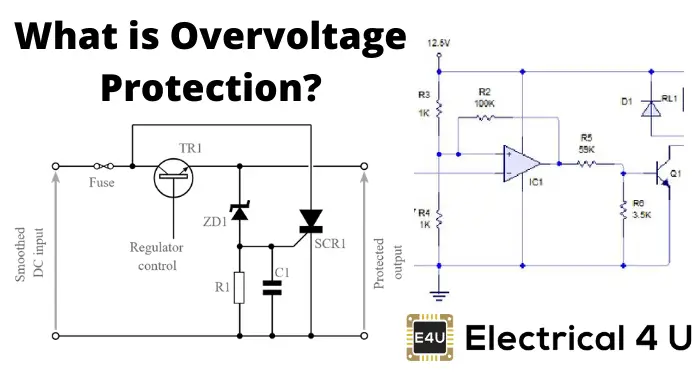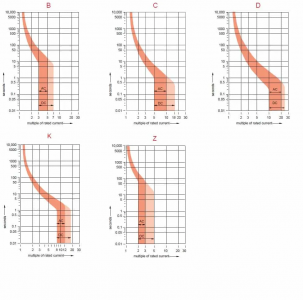Subbu68
Well-Known Member
Many write about "voltage surges" damaging their household and AV equipment. These are not surges but temporary overvoltages or voltage swells. Some may get a surge when lightning strikes their premises.
This article briefly explains what is a surge in power system parlance and how we EEs protect the system

 www.electrical4u.com
www.electrical4u.com
This article briefly explains what is a surge in power system parlance and how we EEs protect the system

Overvoltage Protection | Electrical4U
Electrical power system can experience abnormal overvoltages due to various reasons like sudden interruption of heavy loads, lightning impulses, and switching impulses. These overvoltage stresses can damage the insulation of equipment and insulators. Even if not all overvoltages are strong...


